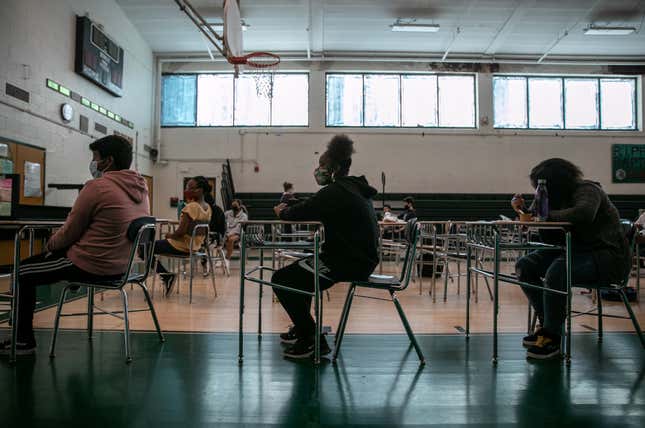Most Children, Young Adults Dying of Covid-19 Are People of Color
Latest

It’s been well-known since the very beginning of the covid-19 pandemic that adults of color, specifically Black and Latinx people, were experiencing significantly higher rates of infection, hospitalization, and death as a result of the virus. But a new study published by the CDC reveals that the same disparity is present in children as well—more than three-quarters of the kids and young adults under the age of 21 who have passed away as a result of covid-19 were people of color.
-

-

-

-

-

-

-

-

-

-

-

-

-

-

-

-

-

-

-

-

-

-

-

-

-

-

-

-

-

-

-

-

-

-

-

-

-

-

-

-








































